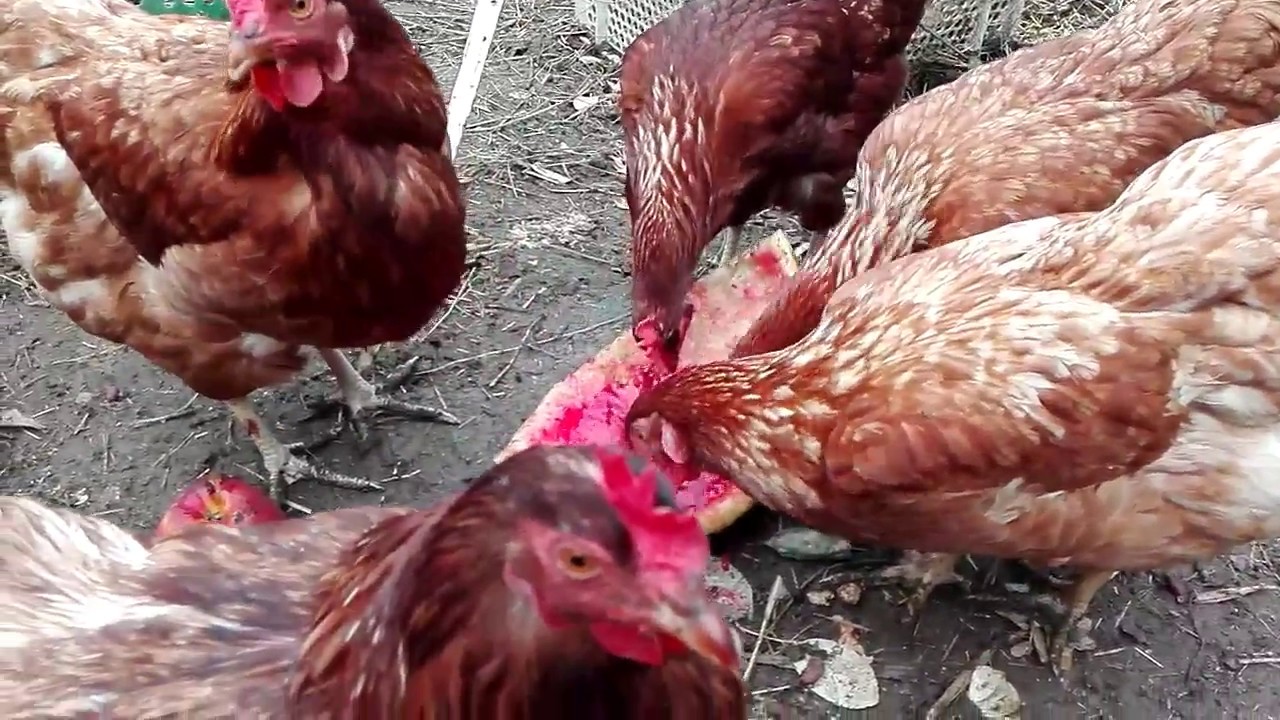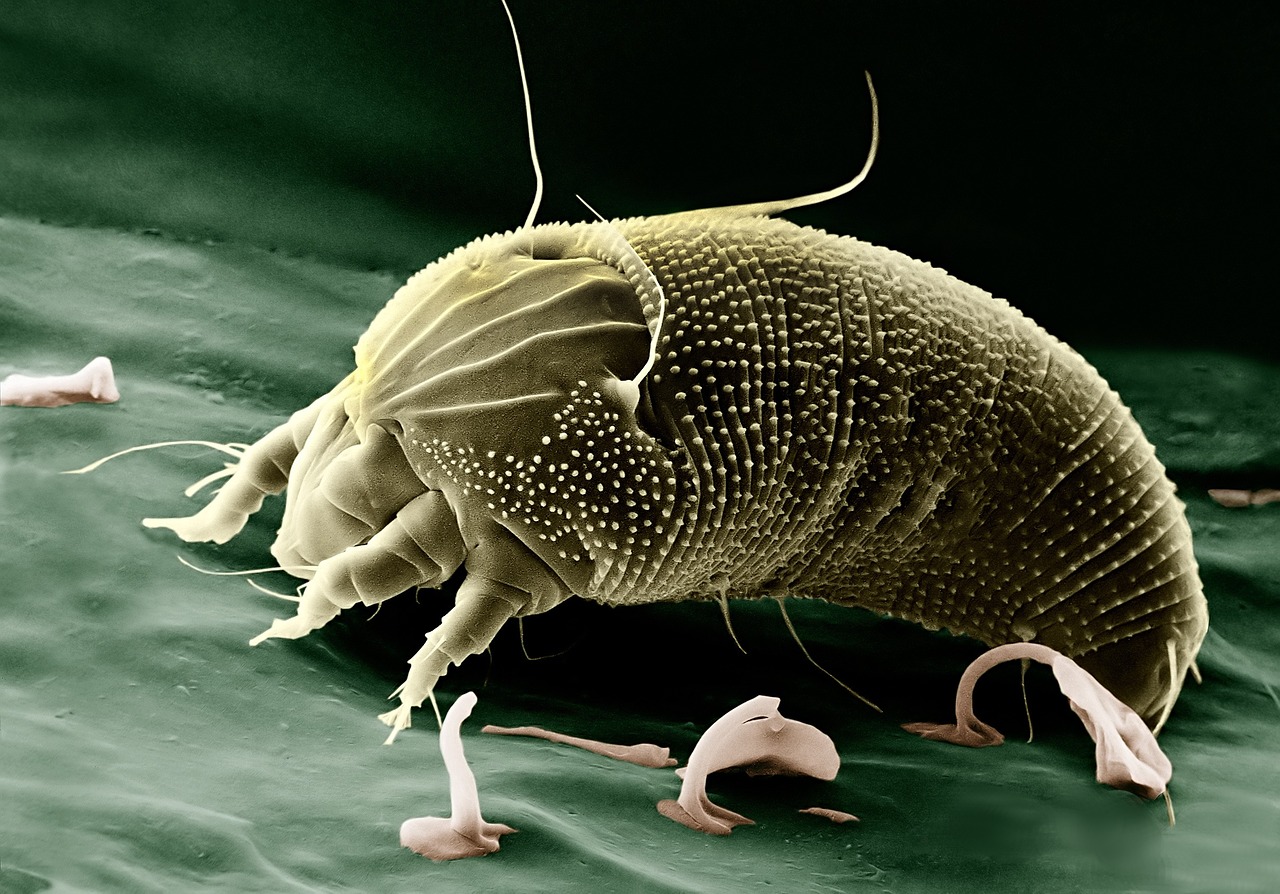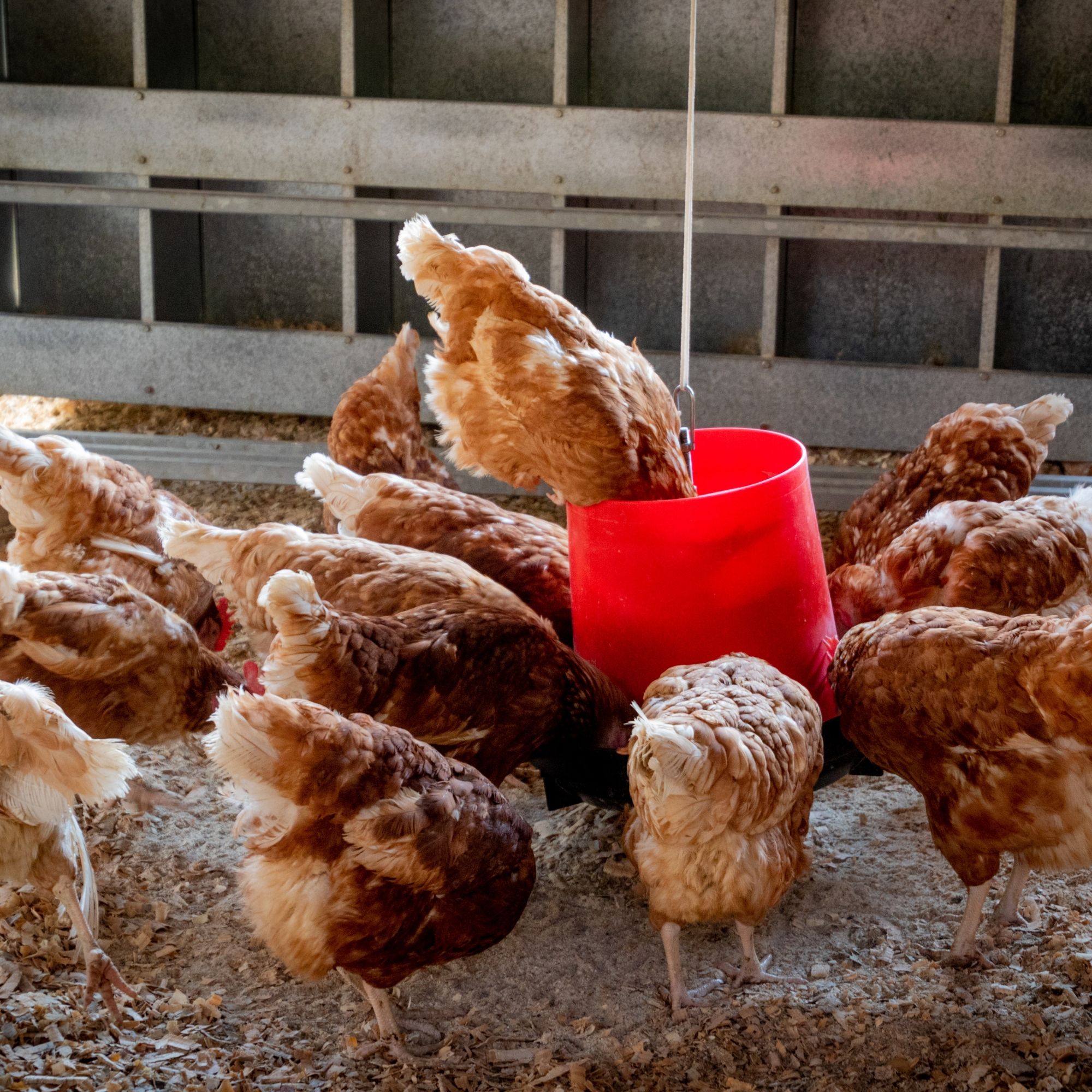If you have a chicken coop in your house, then you must be careful that your hens do not get those annoying parasites called lice, since these are annoying animals that are harmful to health. That is why in this article we are going to tell you how to eliminate chicken lice effectively and quickly.

Chicken Lice
Chickens, like any farm animal, can be affected by many external parasites such as lice, which corresponds to a parasitic disease that must be detected in time as they can cause the death of the animals. The main louse of chickens is known as Red Mite or Dermasino Mite that usually attacks in the summer or hottest times of the year.
What is the Red Mite?
It is a parasite that usually sucks the blood of chickens or any other poultry, causing stress or other diseases that can cause death. It has a life cycle through eggs. The females lay the eggs and from there in two or three days the larvae are born, which need to feed in order to become nymphs in a period of one or two days.
In this nymph stage is when they begin to suck the blood of the hen and in just five days they are already adult mites that begin a new life cycle. In short, if they have the right conditions, in just seven days they complete their cycle to start laying eggs again, so their reproduction is very fast.
Characteristics of the Red Mite
We must mention what are the characteristics of the chicken lice so that you know what they look like and detect in time if they are in your animals:
- This louse can have a color that goes from whitish to reddish, they can even be seen darker depending on the amount of blood that it sucks from the hen, this blood sucking is only done at night to feed and once they are full or satisfied they leave to hide in the cracks of the skin to spend the day.
- They have no wings and their bodies are flattened, they have six legs and a round head.
- It is quite difficult to exterminate since once it eats it can hide for up to five months without taking blood again.
- Their food is in the bases of the feathers, the scabs, dead skin and blood of the hens.
- Over time, if it is not detected in time, the hens suffer from low defenses in their organism that causes bacterial attacks and the origin of other diseases.
- When they have many loads of lice they can also suffer from anemia which is recognized by the combs and wattles turning pale and in more severe cases can lead to death.
- Other diseases that can cause are avian spirochetosis and salmonella Gallinarum.
- It appears in chicken coops through other wild birds such as pigeons, or through food baskets or boxes that contain eggs of this mite and that come from other chicken coops.
- You can see them as some grains that move and if you move their feathers a little you can see the eggs at their bases. Adult lice usually live for months.
In short, you must take into account that you have to check the body of your hens periodically, especially in the hottest months, and above all, see well under the feathers. You should also watch for other rodents or wild animals that get into your coop as they are also sources of many external parasites. It should be noted that the chicken louse is exclusive to these animals.
Symptoms of lice in chickens
As it is not easy to detect the presence of this parasite in chickens, we can tell you what the indications are to know if your chickens have been infected:
- The egg production of your hens decreases
- They stop growing and become too thin, in severe cases they can die.
- Chickens tend to scratch a lot and peck at their skin
- The tail and chest areas become discolored
How to fight it?
Although chicken coop facilities have many places for these mites to hide, the first thing to do is cover the cracks in the walls where they can hide, as well as those that may be in the floors, feeders and drinkers.
You must take into account that during the day they will leave their host to hide and thus be able to attack at night, so during the day they must use treatments to place in these hiding places. The chicken coop must be empty, and make a good cleaning of everything that is in it. As the area can be reinfected since the reproduction of the mite is very fast, periodic disinfection should be carried out from time to time.
Nackentropfen repellent can be used, which should place a drop of the product on the back of the animal, separating the feathers so that it falls directly on the skin to protect them from this parasite and bedbugs, and use it for about five months.
You can also buy Solupuoj, a product that is totally natural, free of chemical agents that is used to combat fleas, lice, ticks and bedbugs, and you can also use it when the animals are inside the chicken coop since it acts as a disinfectant. Its use is for three weeks in a row to cut the life cycle of lice. Also in your chicken coop you can use diatomaceous earth so that the product acts naturally and is more effective.
Another product that can be used is permethrin, but this must be prescribed in adequate doses by an expert, it must also be used several times, its presentation is in powder and liquid, and its use requires gloves to take care of your hands.
Finally, we must have preventive measures after using any of the treatments, and follow the indications for their use to the letter.
Home remedies
Of course you can also use home remedies to help you eliminate these lice, among them we can mention apple cider vinegar, lemon and some citrus fruits. There are also people who use wood ashes and diatomaceous earth, as they are believed to suffocate and dehydrate lice without leaving any chemical residue. You can also get sprays that have a deworming effect from natural products.
These can help you to better maintain your chicken coop if you clean it regularly and if you suspect that there are lice in it, but remember that you must use the appropriate insecticides and consult an expert in this matter.
Can chicken lice affect humans?
Chicken lice don't directly affect humans, but if you have chickens that are infected, they can crawl up their owners' arms, legs, and clothing. They are not going to feed on your blood, but they can make you a little disgusted as soon as you see them.
But if you have laying hens that have been infected by lice, you should know that their eggs are no longer of quality and you will not be able to consume them. And if the chickens you have are to sell for their meat, they could be infected by avian spirochetosis or salmonella.
If all the information we have given you has been very useful, we hope you can also read these other links:



